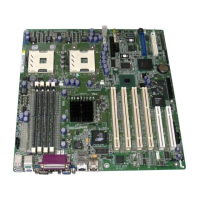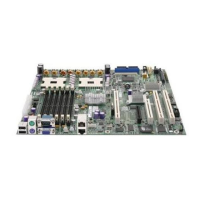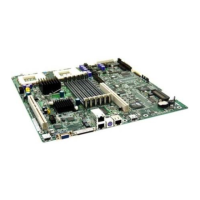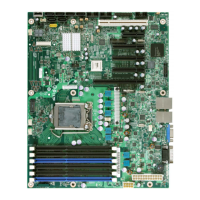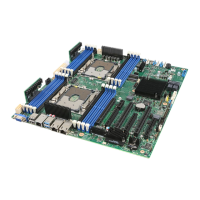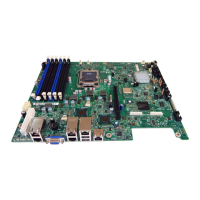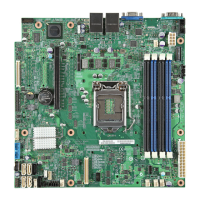Solving Problems
119
Recovering the BIOS
In the rare event that the BIOS becomes damaged a recovery process needs to be followed to return
the system to serviceability. The steps below explain the BIOS recovery procedure.
✏
NOTE
This is the mode of last resort, used only when the main system BIOS will
not come up.
Recovery mode requires at least 4 MB of RAM, and drive A: must be
configured to support and boot from a 3.5” 1.44 MB floppy drive.
Because of the small amount of code available in the non-erasable boot block
area, there is no video support; you will not see anything on the screen during
the procedure. Monitor the procedure by listening to the speaker. One
high-pitched beep announces the start of the recovery process. The entire
process takes two to four minutes. A successful update ends with two
high-pitched beeps. Failure is indicated by a long series of short beeps. If
the recovery disk is not bootable or if you do not insert the recovery disk,
you will hear three beeps, after which the system will halt.
1. Create a bootable diskette that contains the BIOS update file and the iFLASH.EXE utility. This
is available from:
http://support.intel.com/support/motherboards/server/SE7501HG2
2. Turn off the system power and disconnect the AC power.
3. Place a jumper onto J1H1 pins 9-10 (BIOS recovery) as shown in the figure below
TP00034
J1J1
J1H1
2
3
6
7
5
1
10
11
9
2
3
1
Figure 32. BIOS Recovery Jumper
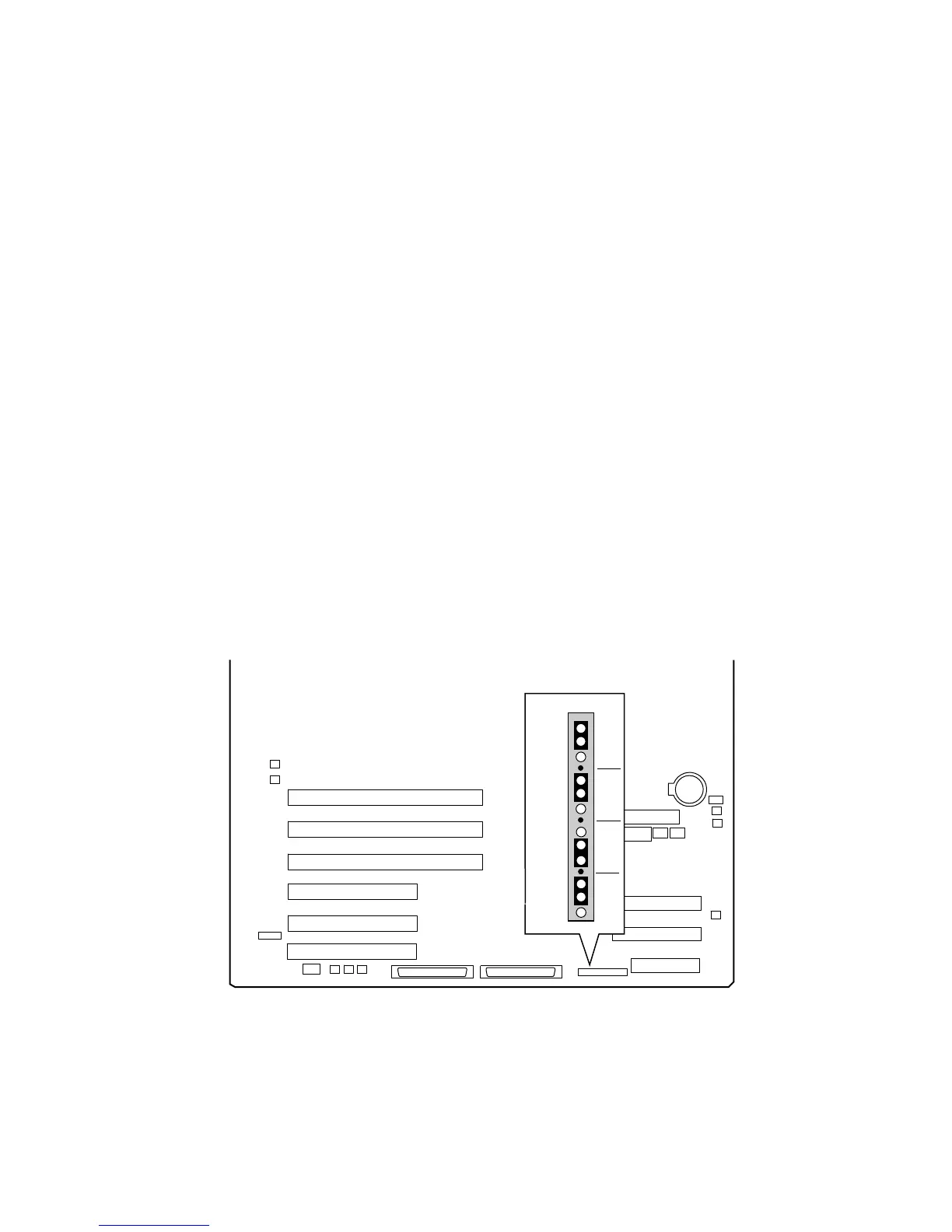